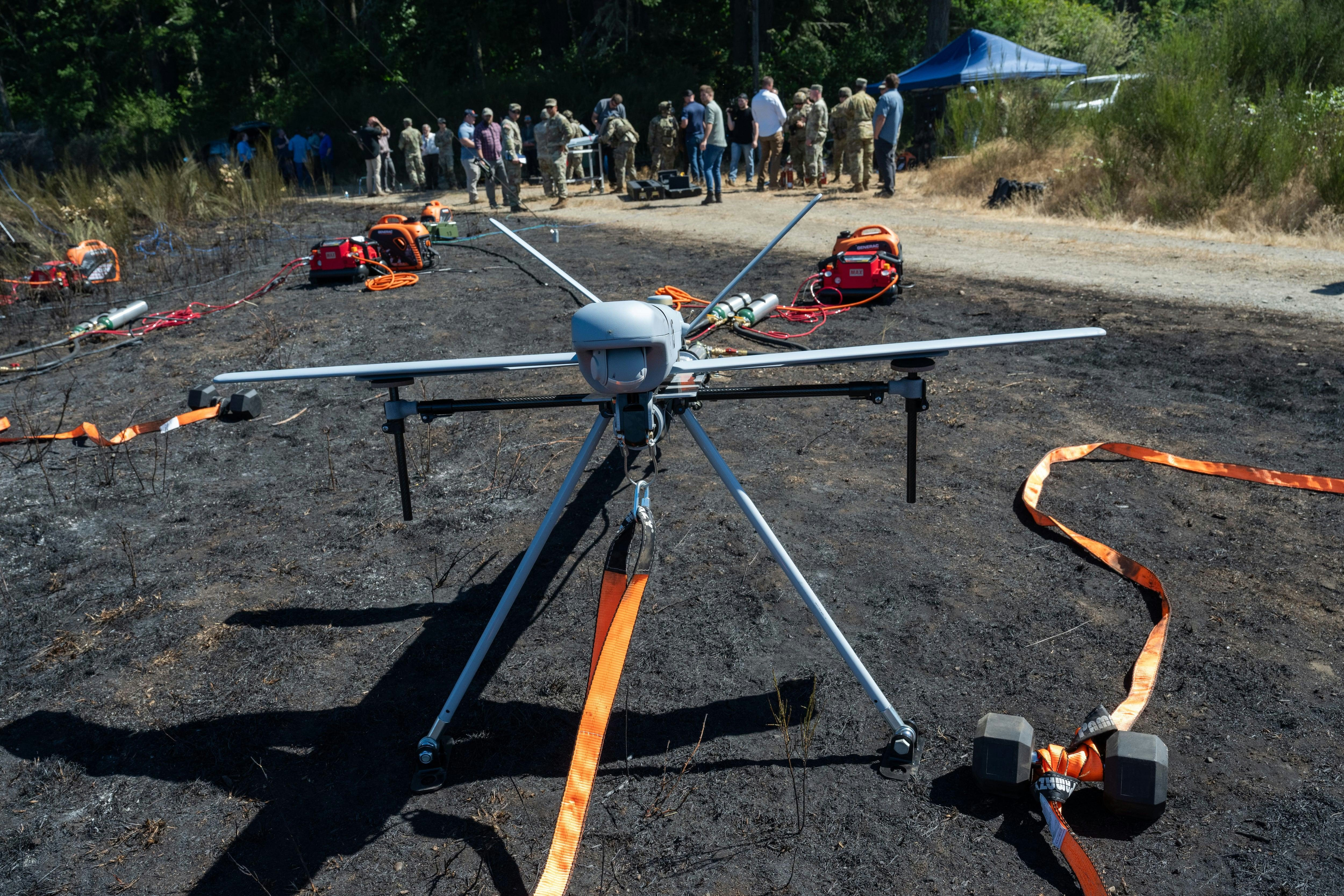
AeroGenie: il tuo copilota intelligente.
Tendenze
Categories
How Business Aircraft Technology Is Mitigating Air Turbulence
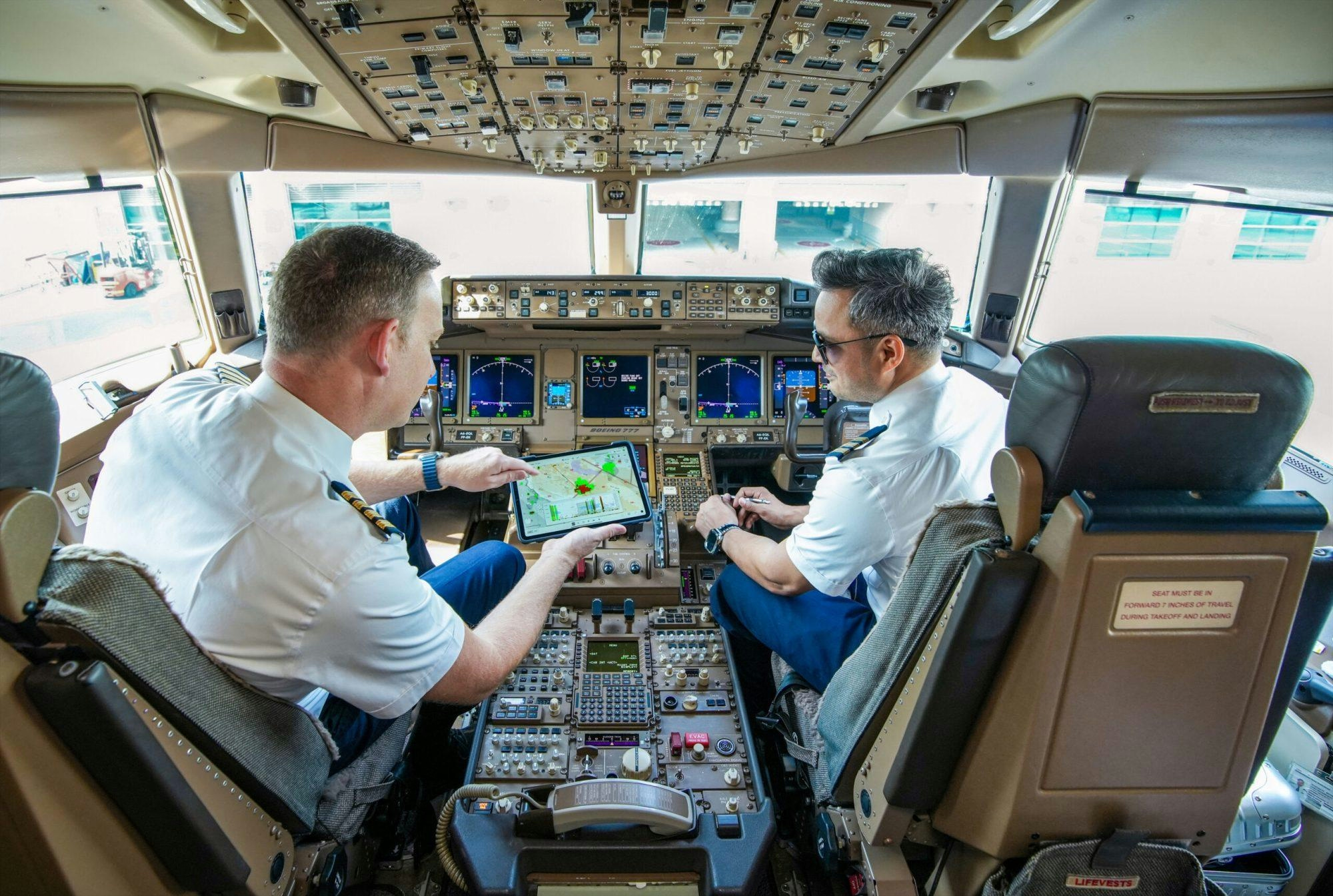
How Business Aircraft Technology Is Mitigating Air Turbulence
At cruising altitudes around 42,000 feet, where the atmosphere is thinner and generally smoother, business jets often fly above much of the turbulence that affects aircraft operating at lower levels. This high-altitude corridor provides a safer and more comfortable environment for passengers aboard many business jets. In contrast, light jets and turboprops, which typically have maximum operating ceilings of 35,000 feet or below, remain more susceptible to turbulence. This phenomenon can range from causing minor discomfort to presenting significant safety hazards.
According to data from the National Center for Atmospheric Research, pilots report approximately 65,000 incidents of clear air turbulence annually. The London School of Economics estimates that the cumulative impact of these events—including compensation claims, increased fuel consumption, rerouting, delays, and maintenance—costs the commercial aviation industry nearly $2.6 billion each year.
Innovations in Business Aviation Technology
Business aviation has historically been a fertile ground for pioneering technologies aimed at enhancing passenger comfort and operational efficiency. The sector is currently experiencing a steady growth rate of 3.7% in global flights year-over-year, with North America leading this expansion. The preowned jet market is showing signs of stabilization, improving affordability for buyers in the United States and fostering a more optimistic outlook for year-end sales. Operators such as GlobeAir are introducing new aircraft models and adapting their business strategies to address evolving customer demographics, reflecting the industry’s ongoing commitment to innovation.
One of the most notable technological advancements comes from Turbulence Solutions, a Vienna-based company founded by András Gálffy. The firm has developed an “active turbulence-canceling technology” that research indicates can reduce the effects of turbulence by more than 80%. This patented system employs retrofittable “flaplets,” small control surfaces attached to the aircraft’s flaps. Inspired by the adaptive wing movements of birds, these flaplets dynamically reshape the wing in real time to counteract turbulence without necessitating major structural modifications.
The system relies on sensors mounted on retractable booms or the aircraft’s nose, which provide the necessary lead time to calculate and actuate the flaplets. These surfaces move three to five times per second, functioning similarly to noise-canceling headphones by generating an opposing signal to neutralize turbulence. This technology has been successfully tested on light, fixed-wing aircraft and is currently available on the Shark 600 ultralight model produced by Slovakia-based Shark.Aero. Turbulence Solutions is now focusing on expanding into the broader light aircraft and business aviation markets, with certification efforts underway for larger aircraft.
Enhancing Safety and Passenger Experience Through Integration
In addition to turbulence-canceling systems, business aircraft are increasingly equipped with a suite of advanced technologies designed to further mitigate turbulence and improve safety. The integration of autoland systems and high-speed connectivity solutions, such as Starlink, on aircraft like the Cessna Longitude exemplifies this trend. These innovations not only enhance operational safety but also ensure that passengers remain connected and comfortable, even under challenging flight conditions.
As business aviation continues to evolve, the adoption of cutting-edge aircraft designs and onboard systems is establishing new benchmarks for passenger comfort and operational resilience, enabling the industry to better navigate both literal and figurative turbulence.

United Airlines Flight Returns to Dulles After Engine Failure on Takeoff

United Airlines flight makes emergency landing at Dulles after engine failure

The Impact of the New Air Force One’s Delayed 2028 Arrival on Aviation and Travel

United Airlines Restarts Controversial AI Scheduling for Flight Attendants
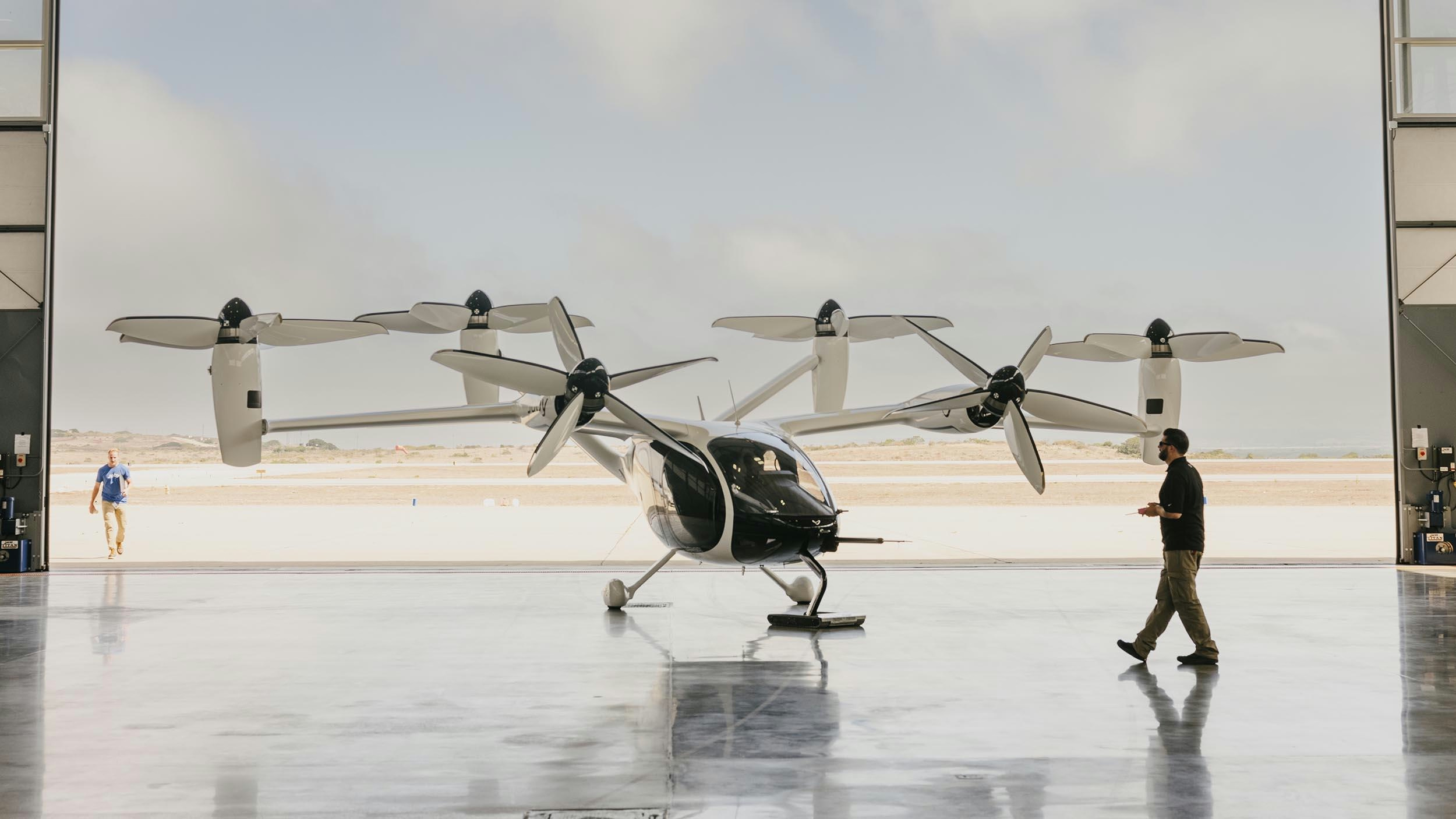
Joby Aviation’s Air Taxis Poised to Change Urban Travel and Tourism
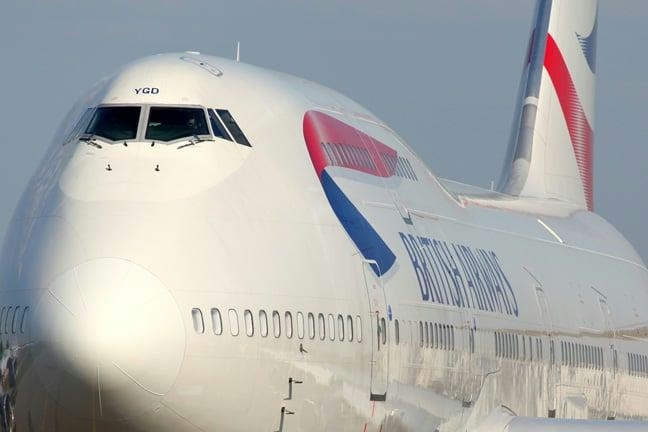
BA Chief Warns AI Agents May Diminish Brand Visibility
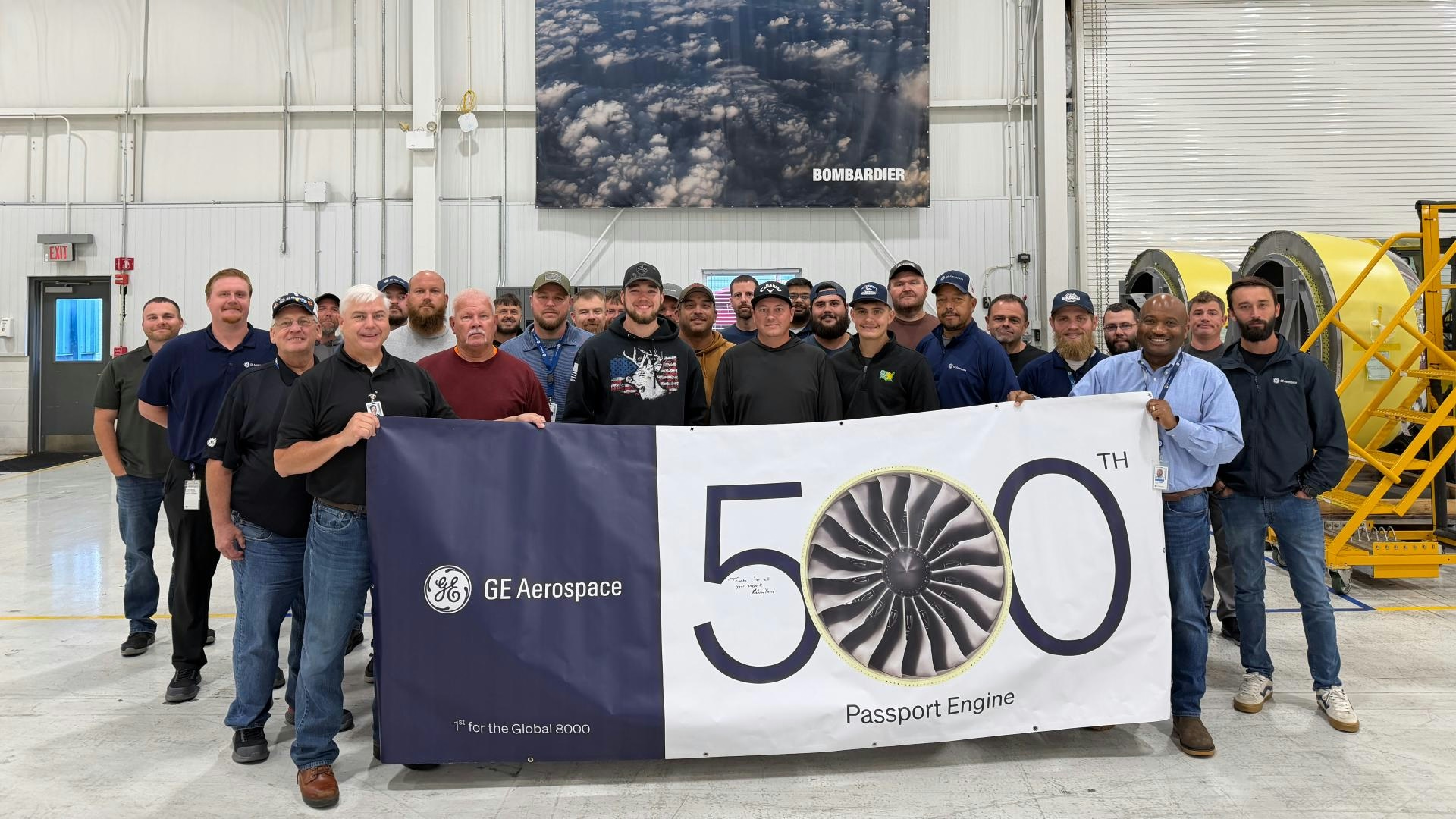
How GE Is Meeting Global Jet Engine Demand
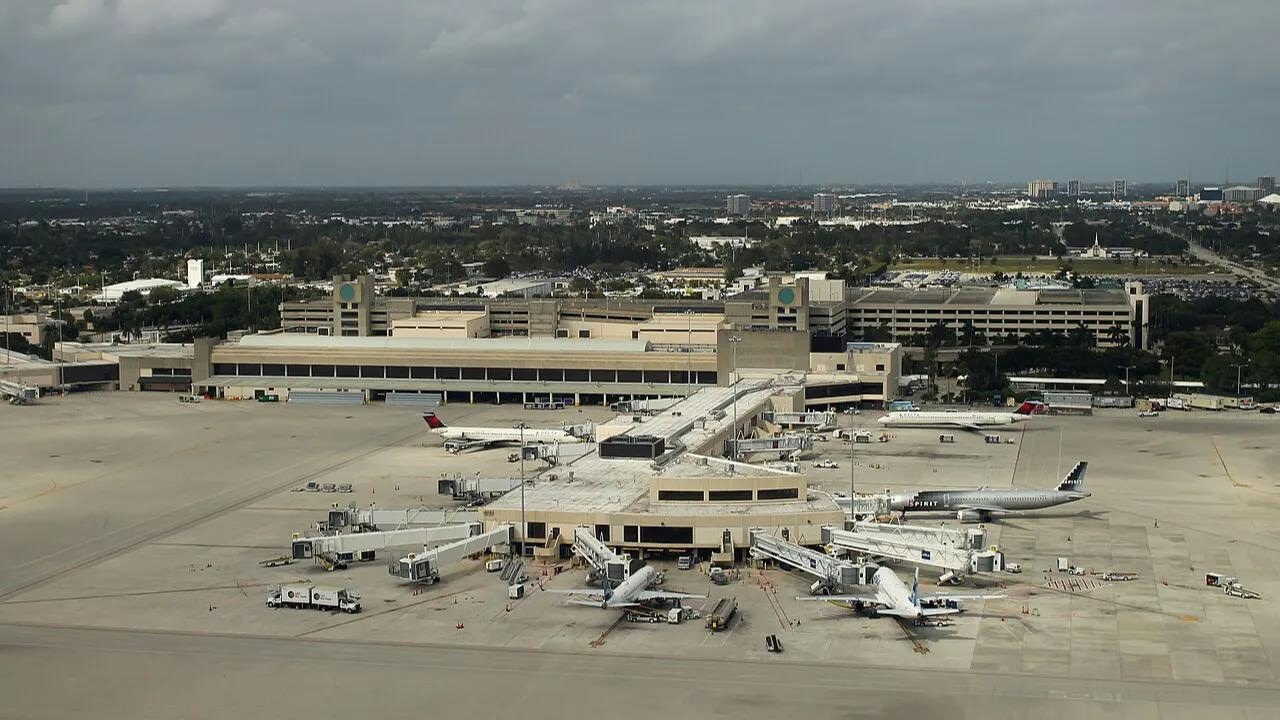
IATA Projects Airline Profits of $41 Billion in 2026
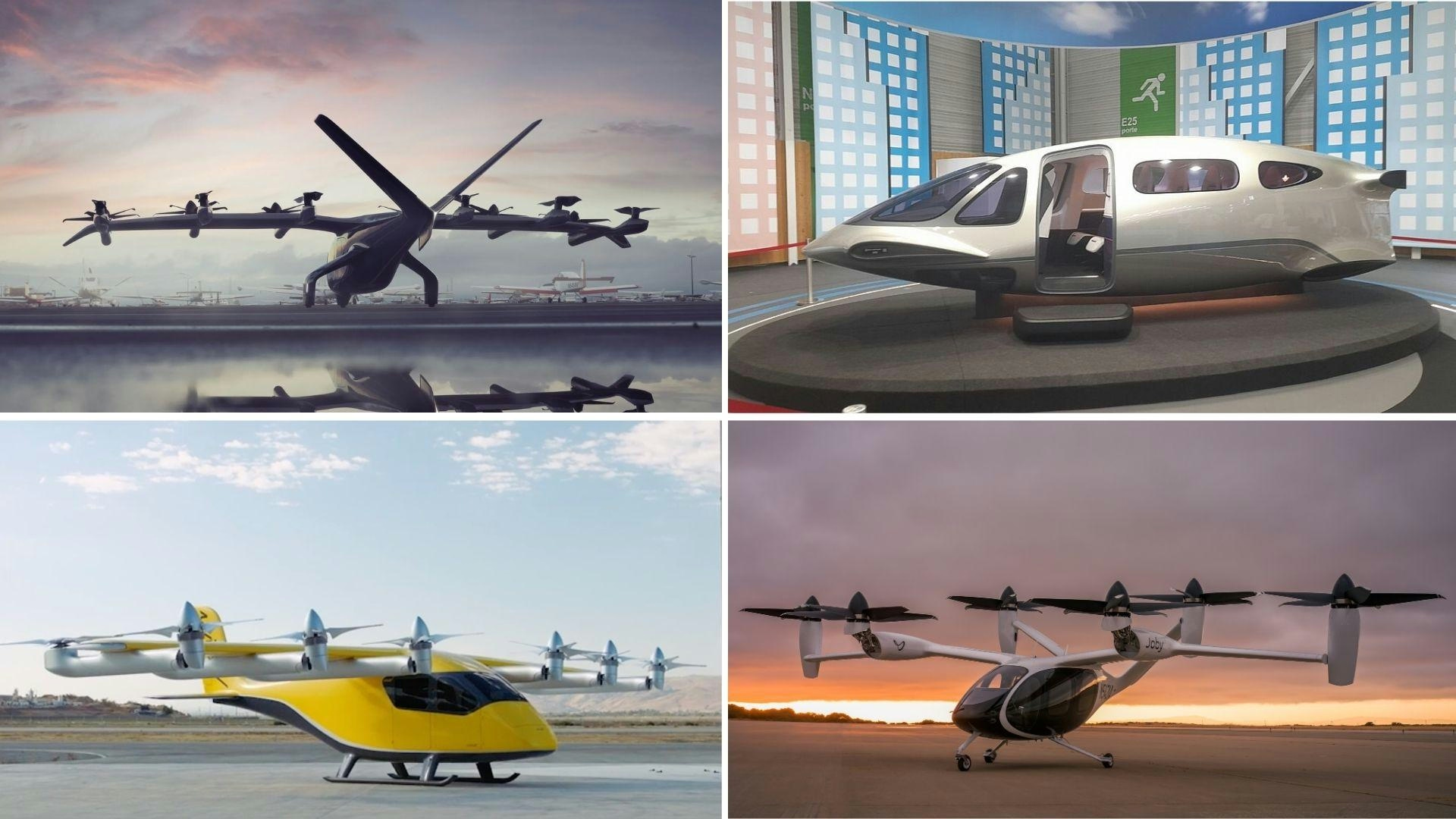
Five Air Taxis Poised to Shape Urban Mobility by 2026
